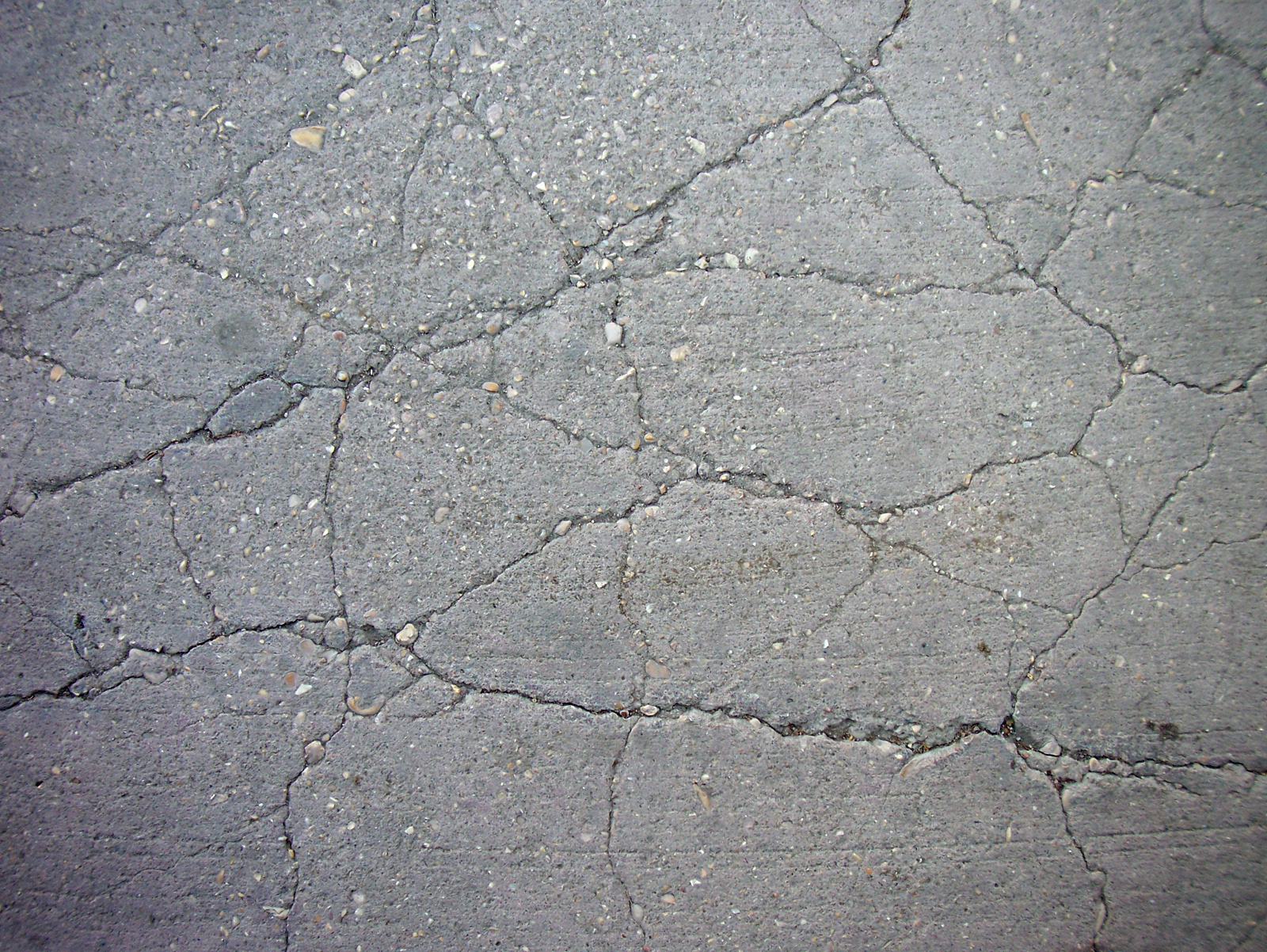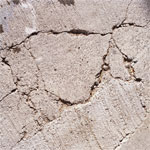History of Concrete
(From Ancient Egyptians to Modern Life Now)
 |
| History of Concrete (From Ancient Egyptians to Modern Life Now) |
Concrete has been used for construction in various ancient civilizations. An analysis of ancient Egyptian pyramids has shown that concrete was employed in their construction.
During the Roman Empire, Roman concrete (or opus caementicium) was made from quicklime, pozzolana, and an aggregate of pumice. Its widespread use in many Roman structures, a key event in the history of architecture termed the Roman Architectural Revolution, freed Roman construction from the restrictions of stone and brick material and allowed for revolutionary new designs both in terms of structural complexity and dimension.
Hadrian's Pantheon in Rome is an example of Roman concrete construction.
Concrete, as the Romans knew it, was a new and revolutionary material. Laid in the shape of arches, vaults and domes, it quickly hardened into a rigid mass, free from many of the internal thrusts and strains that trouble the builders of similar structures in stone or brick.
Modern tests show that opus caementicium had as much compressive strength as modern Portland-cement concrete (ca. 200 kg/cm2). However, due to the absence of steel reinforcement, its tensile strength was far lower and its mode of application was also different.
 |
| History of Concrete (From Ancient Egyptians to Modern Life Now) |
Modern structural concrete differs from Roman concrete in two important details. First, its mix consistency is fluid and homogeneous, allowing it to be poured into forms rather than requiring hand-layering together with the placement of aggregate, which, in Roman practice, often consisted of rubble. Second, integral reinforcing steel gives modern concrete assemblies great strength in tension, whereas Roman concrete could depend only upon the strength of the concrete bonding to resist tension.
The widespread use of concrete in many Roman structures has ensured that many survive to the present day. The Baths of Caracalla in Rome are just one example. Many Roman aqueducts and bridges have masonry cladding on a concrete core, as does the dome of the Pantheon.
Some have stated that the secret of concrete was lost for 13 centuries until 1756, when the British engineer John Smeaton pioneered the use of hydraulic lime in concrete, using pebbles and powdered brick as aggregate. However, the Canal du Midi was constructed using concrete in 1670. Likewise there are concrete structures in Finland that date back to the 16th century. Portland cement was first used in concrete in the early 1840s.




















